All posts by Lexi Carver

Cable Simulations Spark New Developments at Prysmian Group
The Prysmian Group, a leader in cable systems for many different industries, are using simulation to improve their development process, save resources, and optimize their cable designs.
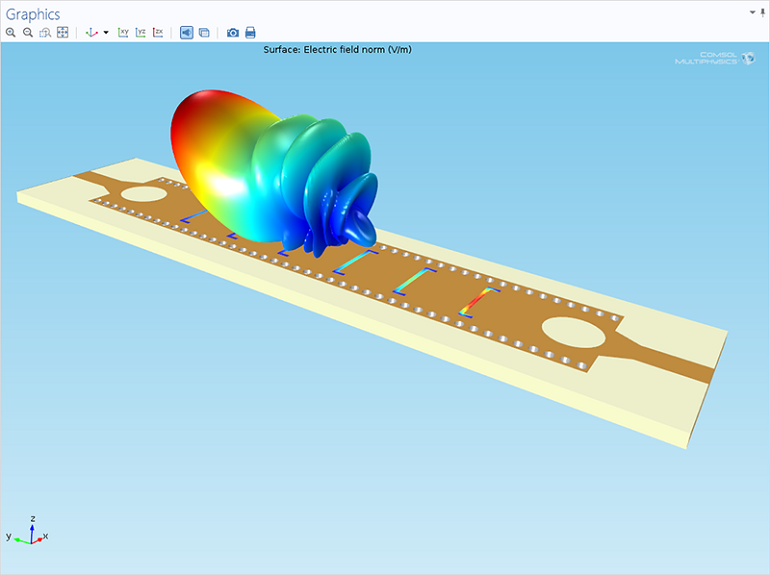
How to Include Geometry Surfaces with Solution Plots
You’ve solved your model. Now you want to include geometry surfaces with your solution plots. But how? We demonstrate the steps with an RF antenna example.

Powerful Packaging for Electronics in Extreme Environments
U.S.-based Arkansas Power Electronics International is designing power packaging for improved thermal management in power electronics devices, increased efficiency, and lower costs.
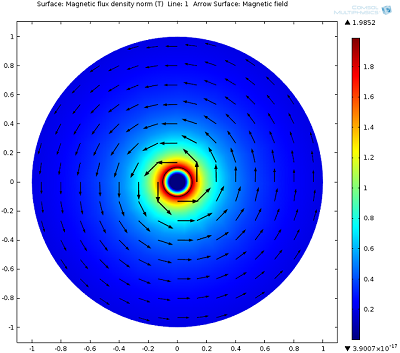
Modeling Superconductivity in a YBCO Wire
Many superconducting wires are made of yttrium barium copper oxide, aka YBCO, a compound that displays superconductivity at relatively high temperatures compared to other superconductors.
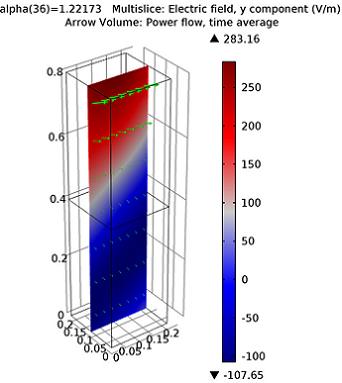
Benchmark Model Results Agree with Fresnel Equations
Bright idea: When a ray of light (an electromagnetic wave) propagating through free space hits a dielectric medium, part of the light will be transmitted and part will be reflected.
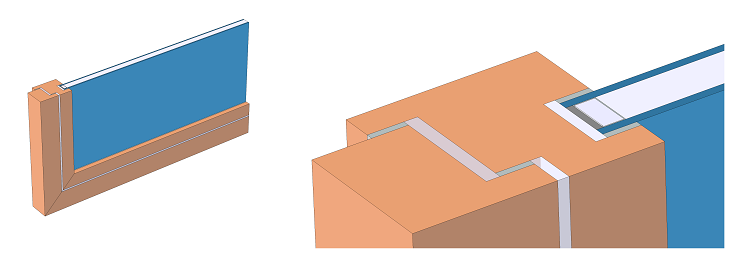
Simulating Thermal Performance in Windows
Windows must be able to keep heat out during the summer and heat in during the winter in order to keep the inside of a building at a comfortable temperature, a process called thermal insulation.
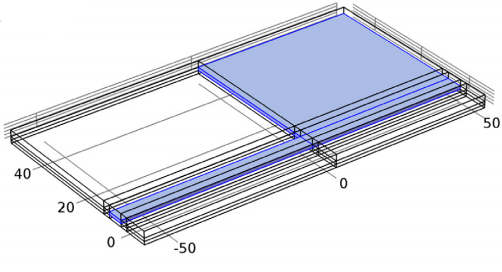
Simulating an RF MEMS Switch
An RF MEMS switch is typically made up of a micromechanical bridge or cantilever, a substrate, and an electrode or dielectric layer. You can design such a device using RF simulation.
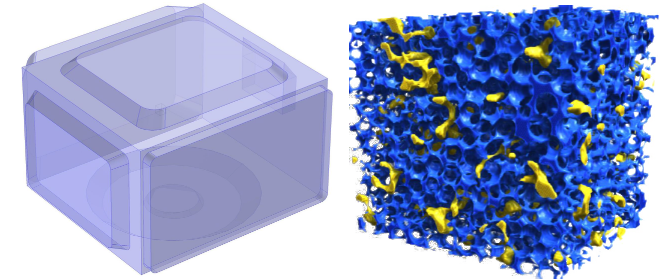
Predicting Microwave Drying of Potatoes
You may not think of reheating food in the microwave as a drying process, but as we saw at the COMSOL Conference 2013 Boston, microwave technology — the same technology used in domestic microwave ovens — can be used for drying fruits and vegetables. One poster presented at the conference featured microwave drying of potatoes and how the heat and mass transfer that occurs can be modeled to predict the drying process.
